Dielectric Fluids
Renewable Insulation Liquids for Transformers
Exploring Online Dissolved Gas Analysis Monitoring for Transformer Insulating Fluids
Dielectric Fluids

Why event-based fault type identification is better than a sample-by-sample approach
Introduction
Fault type identification is an important step in dissolved gas analysis (DGA). When a significant amount fault gas production is detected in a transformer, we want to know what kind of physical condition could be responsible for the gassing. Knowing the type of fault can help to identify the nature and location of the problem in the transformer. That in turn can also suggest what physical inspections or tests may be warranted in order...
Related Articles
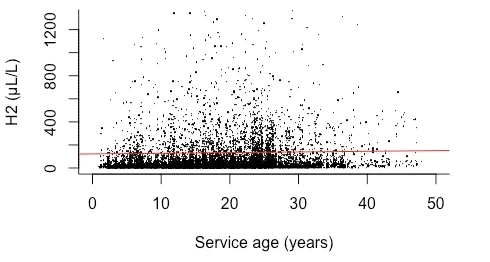
Exploring Online Dissolved Gas Analysis Monitoring for Transformer Insulating Fluids
As a philosophy and English major who has spent the last 20+ years working in the utility industry,I often come across topics that challenge me because I don’t have a science or engineering background. This article is an exploration of the basics around online DGA monitors, to better...

Leakers, What a Mess!
Electric Substation apparatus, transformers and circuit breakers, are the workhorses of the electric transmission grid. Our focus in this article is on the issue of dielectric media leaks. Specifically, oil in large power transformers and oil or SF6 gas in power circuit breakers. Oil and gas leaks...

New options for insulation systems in power transformers
Introduction The development of new insulation materials has been critical in the evolution of the design of power transformers. Insulation systems for liquid filled power transformers are a combination of materials that are aimed to provide the required electrical, mechanical, thermal properties...

Advancements in Dissolved Gas Analysis: Investigating Failure Cases
IntroductionDissolved gas analysis (DGA) provides the early warning radar view of a transformer fleet with a non-intrusive screening process for early identification of problematic transformers. Suspicious transformers can be subjected to more invasive and costly physical testing to determine the...
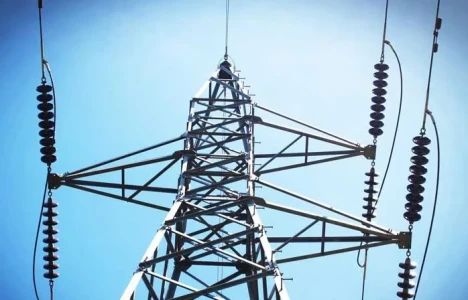
FERC Complaint Targets Duke, PJM Transmission Planning
A coalition of large energy consumers and ratepayer advocates has filed a complaint with the Federal Energy Regulatory Commission (FERC), urging the agency to prohibit transmission owners from independently planning "local" transmission projects exceeding 100 kilovolts (kV). The coalition argues...

RWE Expands Its Footprint with 450 MW of Battery Energy Storage in Texas
In a significant move for the renewable energy landscape, RWE, a leading global energy company, has announced the addition of 450 megawatts (MW) of battery energy storage capacity in Texas. This expansion underscores the growing importance of energy storage solutions in enhancing grid reliability...

Digital Twins for Substations: Bridging the Physical and Digital Worlds
In the rapidly evolving landscape of power grid management, digital twin technology is emerging as a game-changer for substations. By creating virtual replicas of physical assets, digital twins bridge the gap between the physical and digital worlds, enabling enhanced operational efficiency and...
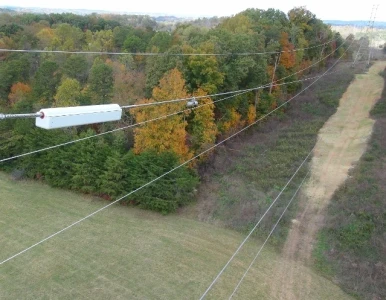
The End of the Road for Transmission Incentives
In a significant shift, the Federal Energy Regulatory Commission (FERC) has decided to abandon its transmission incentives policy, particularly the construction work in progress (CWIP) incentives. This decision marks a pivotal change in how transmission projects are financed and regulated,...
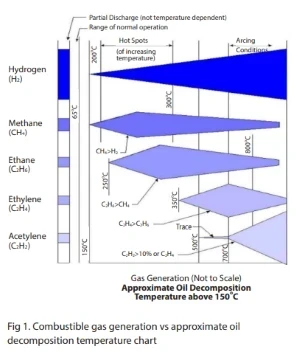
Hydrogen Monitoring in the Transformer Headspace Compared to Traditional In Oil Monitoring
The utilization of online dissolved gas analysis monitoring has proven to be one of the most effective predictors of overall transformer health and condition. A wide range of monitoring systems are available, offering multiple costs, features, and benefit combinations. Hydrogen MonitoringSingle or...
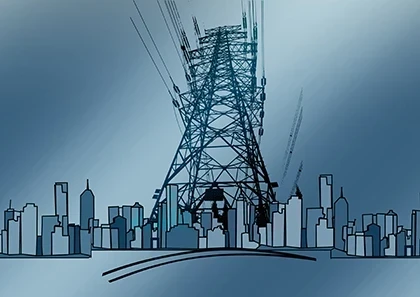
Dielectric Voltage Testing – Standard Methods
There are two standard methods from ASTM International: D877, Standard Test Method for Dielectric Breakdown Voltage of Insulating Liquids Using Disk Electrodes, and D1816, Standard Test Method for Dielectric Breakdown Voltage of Insulating Oils of Petroleum Origin Using VDE Electrodes. VDE stands...
